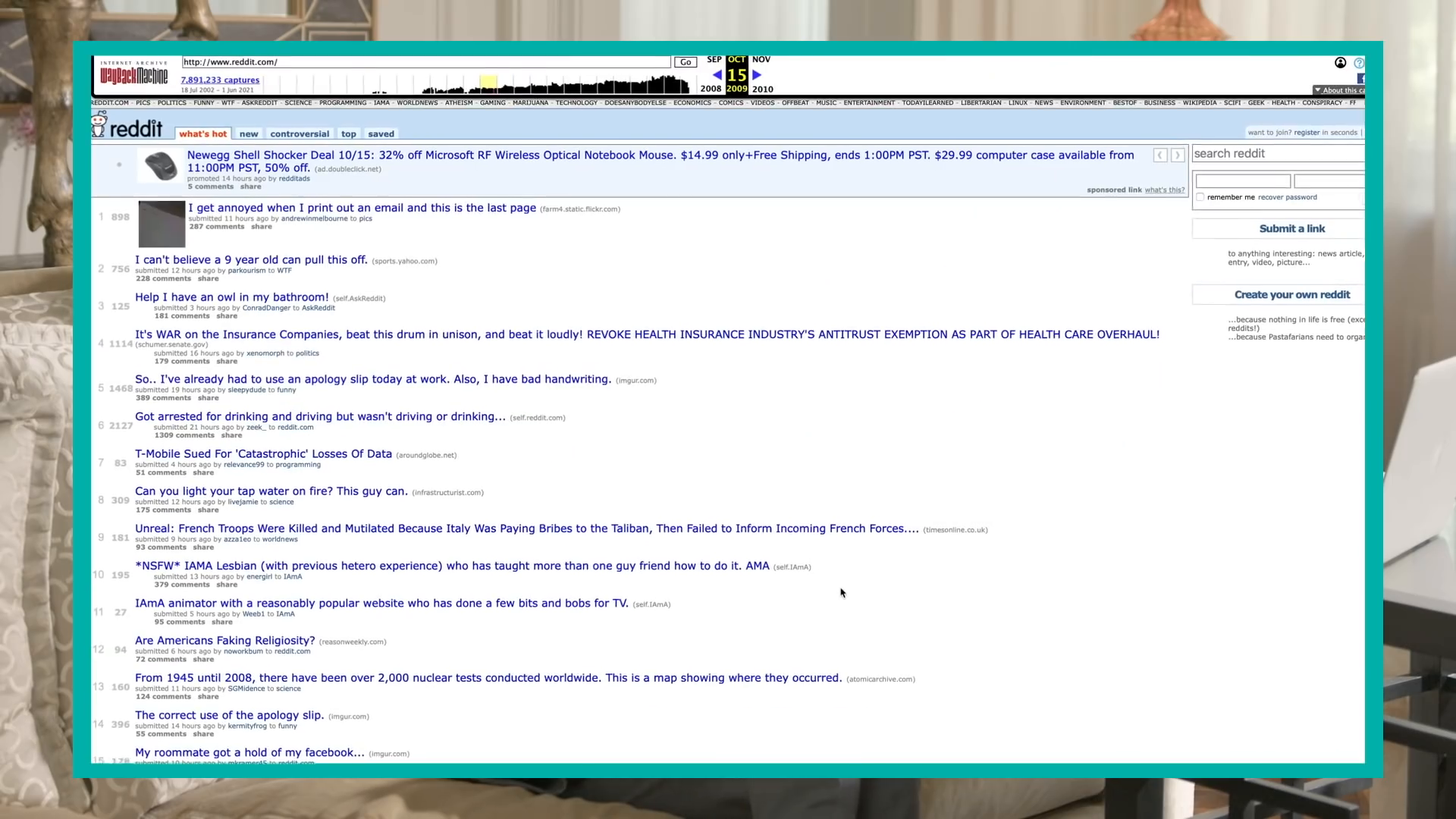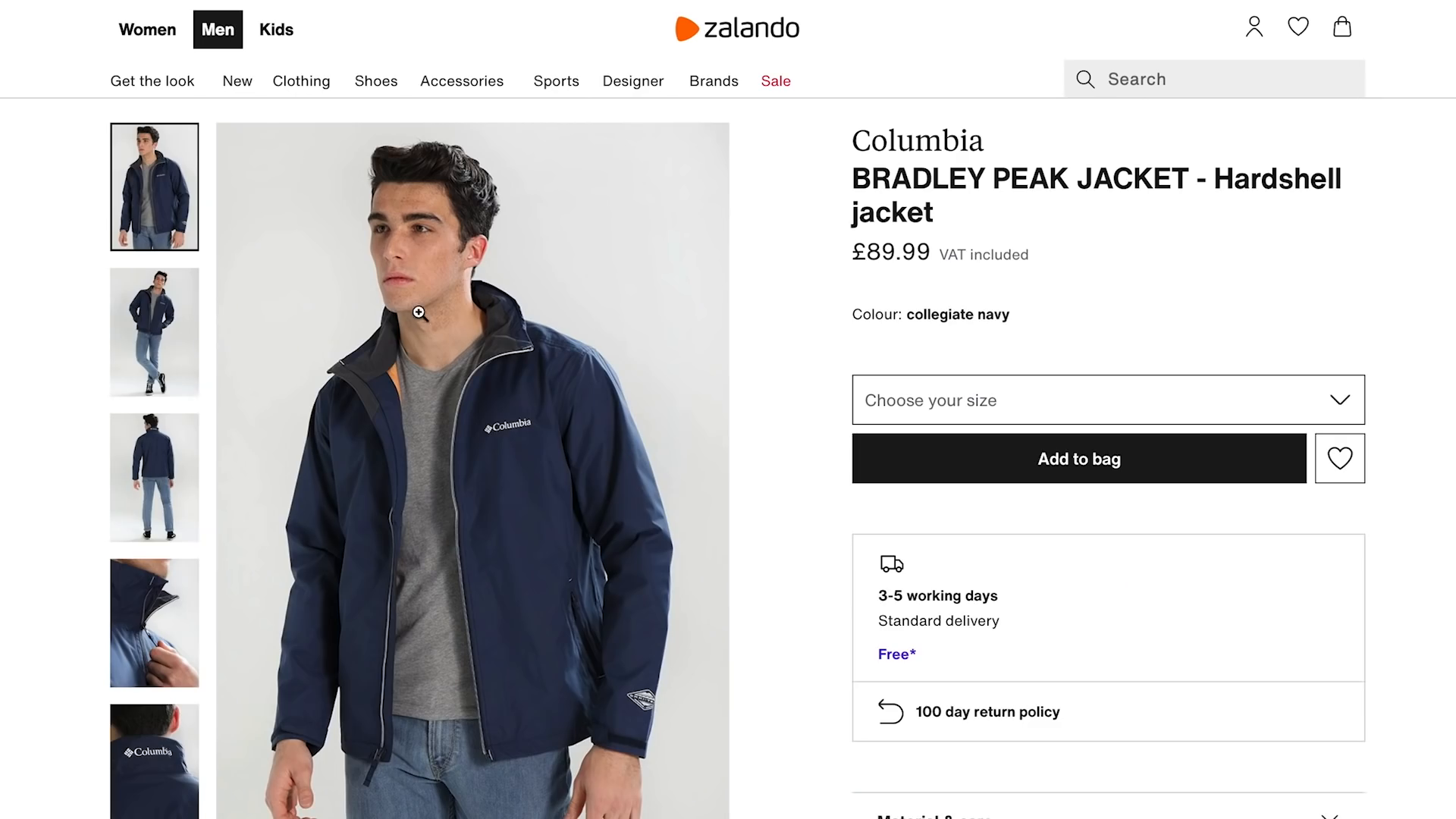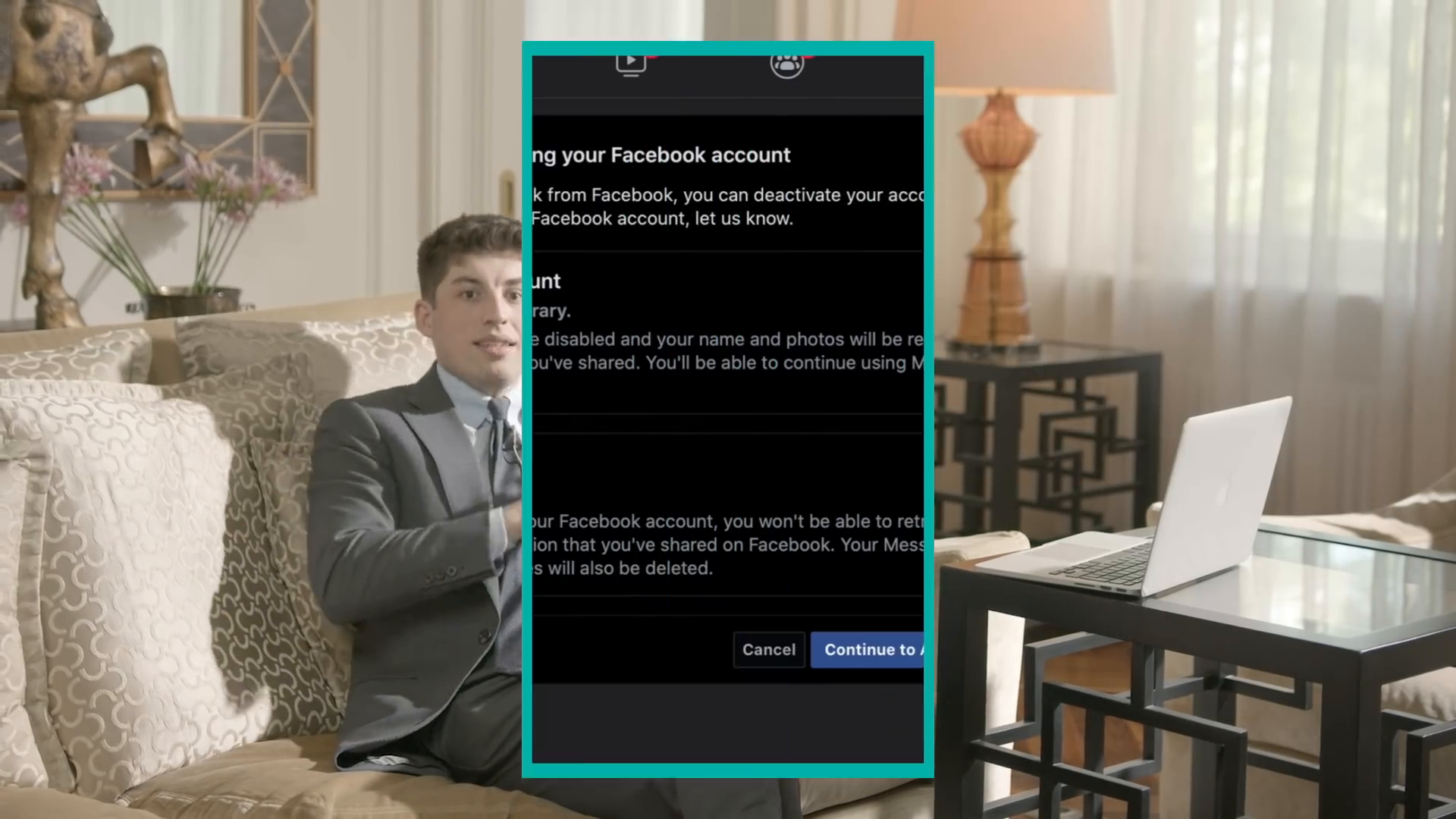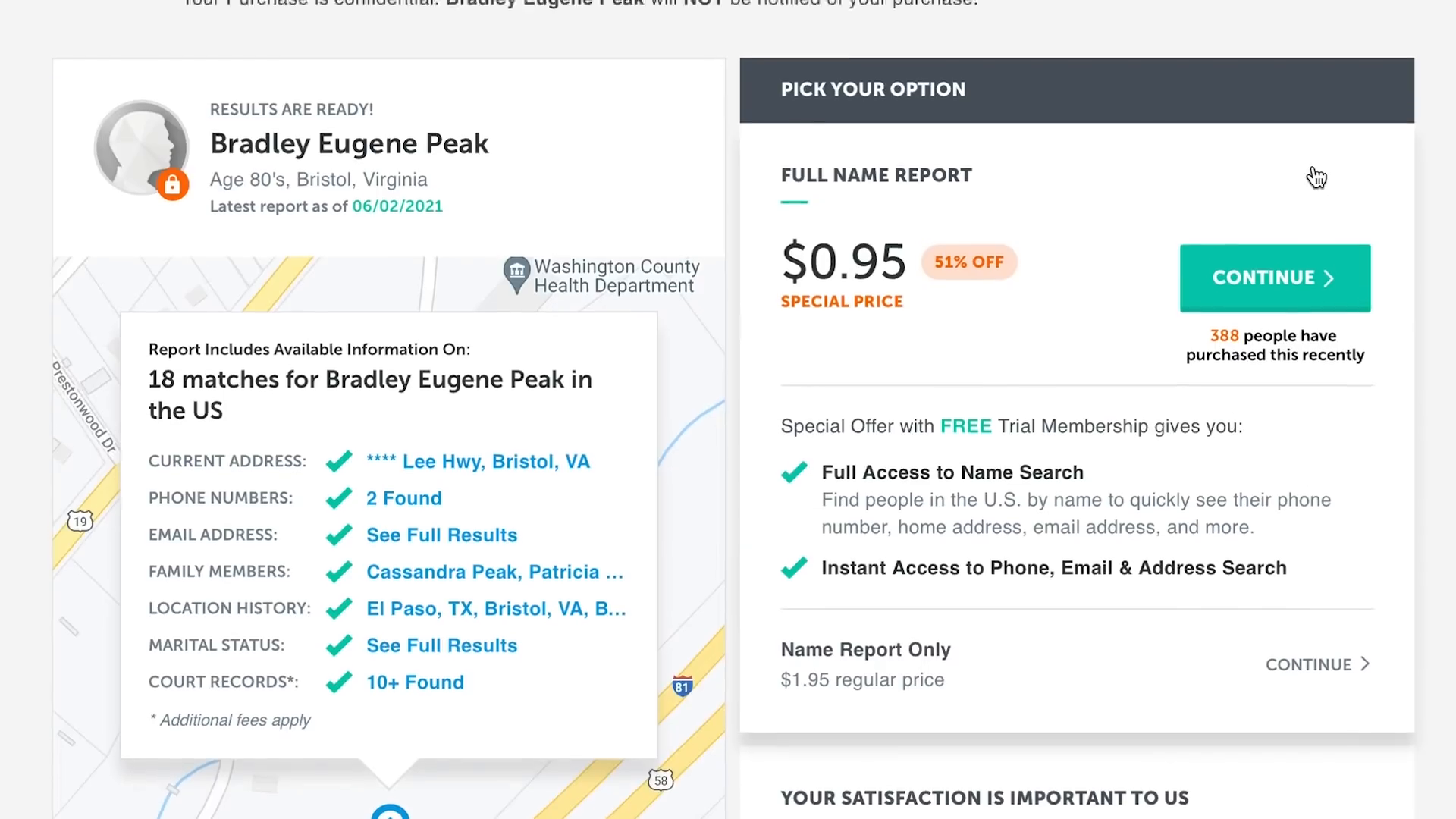In today's digital age, our personal data is more accessible than ever. Every post, comment, and profile we create leaves a trace that can be difficult to erase. This blog will explore the steps you can take to effectively delete your personal data from the internet, including social media accounts and data brokers. We will also delve into the significant debate surrounding personal data privacy, particularly comparing American free speech with Europe’s right to be forgotten.
The Internet Remembers Everything
Once something is posted online, it can remain there indefinitely. Even if you delete files from your device, copies may still exist in cloud storage or on the web. This permanence can have serious implications for individuals, particularly regarding their reputations.
For instance, the Wayback Machine is a non-profit organization that archives web pages, allowing users to see how websites looked years ago. This tool is not only a fun trip down memory lane but can also provide valuable insights for investors or researchers. However, the ability to access old data can also lead to negative consequences for individuals, as seen in the case of Adeline Lafourin, a Swiss parliament secretary whose past online posts led to her resignation.

Googling Yourself: A Mini-Experiment
Before you can begin removing your personal data, it’s crucial to understand what information is currently available about you online. A simple yet effective way to do this is by Googling yourself. Use incognito mode to ensure your previous search history doesn’t influence the results.
After searching for your name, take note of what information appears. This could include links to your social media profiles, news articles, or other web pages. Understanding what is out there is the first step towards managing your online presence.

Deleting Your Social Media Accounts
Social media platforms can hold a significant amount of personal data, from photos to private messages. If you wish to remove this information, you need to know how to properly delete your accounts. Here are the steps for some of the most popular platforms:
Facebook offers two options for users: deactivation and deletion. Deactivation allows you to temporarily hide your profile while retaining the ability to reactivate it later. Deletion, however, is permanent, and it can take up to 90 days for all your data to be fully removed.
- Deactivation: Temporary hide of profile
- Deletion: Permanent removal of data
Remember, even after deletion, some information may still be accessible to law enforcement.

Instagram follows a similar protocol to Facebook. You can deactivate your account temporarily or delete it permanently. It also takes approximately 90 days for all your data to be erased.
Twitter's policy is slightly different. If you deactivate your account, you have 30 days to reactivate it before your data is permanently deleted. After this period, your username becomes available for others to use.
LinkedIn functions similarly to Twitter. Deactivating your account leads to deletion if you do not log back in within 30 days.

Understanding Data Brokers
Data brokers are companies that collect and sell personal information. They gather data from various sources, including social media, public records, and online transactions. This information is then used for purposes such as targeted advertising and marketing.
In the U.S., the First Amendment protects the right to publish factual information, making it challenging to remove your data from these brokers. Some well-known data brokers include Spokeo and Radaris, which can provide detailed information about individuals for a small fee.

Removing Yourself from Data Brokers
Fortunately, there are ways to remove your information from data brokers. You can either use paid services that specialize in data removal or follow a DIY method using guides available online. The latter requires filling out forms for each broker, which can be time-consuming.
The Right to Be Forgotten
The debate surrounding personal data privacy is ongoing, particularly the concept of the right to be forgotten. This right allows individuals in Europe to request that their personal information be removed from search engines.
In contrast, the U.S. prioritizes free speech, often making it difficult to erase factual information from the internet. The landmark case of Mario Costeja González in Europe established the foundation for this right, allowing him to remove outdated information from Google searches.

Conclusion: Navigating the Online Jungle
As we navigate the complexities of the internet, it’s essential to remember that our actions leave digital footprints. Being proactive about managing your online presence is crucial. Whether you choose to delete social media accounts or remove your data from brokers, understanding the implications of your digital life is vital.
Ultimately, the balance between privacy and free speech continues to evolve. As individuals, we must advocate for our rights while being mindful of the information we share online. Always think before you post, as once something is online, it may be impossible to delete it completely.
For more resources on this topic, consider exploring the links provided in the original content. Stay safe and vigilant in the digital landscape!
Made with VideoToBlog








0 Comments